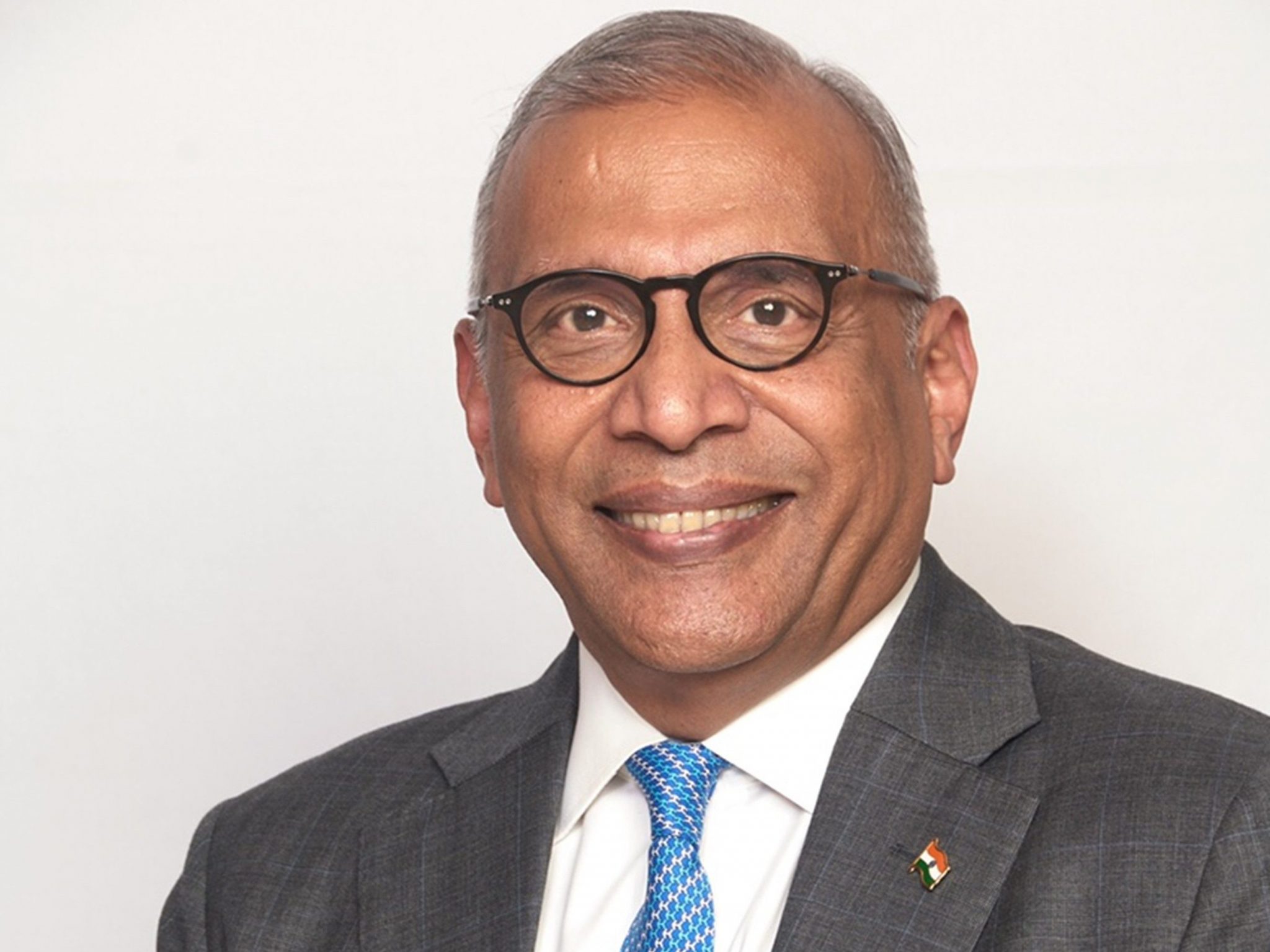Skift Take
Indians have built quite an appetite for travel, though it is mostly domestic for now. But with the stage set for international travel to take off once again, destinations with easier visa regimes stand to gain.
Inflation clearly hasn’t affected business for Thomas Cook (India). Propelled by its twin focus on customer experience and technology, the group has staged strong growth in the quarter ending June 30 — with income from operations growing 87 percent, compared to the last quarter. The group registered a profit before tax of $740,000.
Operating across 25 countries, Thomas Cook (India) is an omnichannel travel company offering a broad spectrum of services, including foreign exchange, corporate travel, meetings and incentives, leisure travel, value added services, and visa services.
Aside from the Thomas Cook brand in India, it owns the brands SOTC, Sterling Holidays Resorts, Travel Corporation India, SITA, Allied T. Pro, Asian Trails, Australian Tours Management, Desert Adventures, Luxe Asia, Travel Circle International, Distant Frontiers, TC Tours, Digiphoto Entertainment Imaging, Go Vacation, and Private Safaris East & South Africa.
There is demand out there and it’s not going away in a hurry, pointed out Madhavan Menon, managing director of Thomas Cook (India). The jump in demand has also led to the belief that the earlier calculation of an average Indian taking off for one international holiday and two domestic holidays a year will be changing.
And as Indians travel more they will also be looking to explore new destinations. The established practice of traveling to Europe and the UK may not go away, but it will not continue to grow with the same pre-Covid vigor, noted Menon. “The tenure of holidays has declined post Covid. People would look to travel to new destinations which are more affordable and travel companies are beginning to cater to that requirement of a seven-day holiday.”
In conversation with Skift, Menon talked about the factors that spurred the rapid rebound of the company and why he thinks India should be doing more to attract foreign tourists.
The comments have been edited for length and clarity.
Skift: While there are talks of recovery being slow, Thomas Cook (India) reported a sharp increase in income from operations for the quarter that ended June 30. What do you think fuelled this return to profitability?
Madhavan Menon: Very early on during Covid we recognized that this was a survival question, rather than how quickly we would return to normalcy. We set ourselves a target of cutting our costs and reduced our costs by 50 percent. For both Thomas Cook and SOTC, we integrated the backend completely for leisure and corporate travel, integrating delivery and purchasing.
We also realized that over the years, we’ve grown fat and we needed to adjust the organization size. And then if we were going to right size, we needed to invest in technology by upgrading our existing systems. We took the existing processes, built a system around and enhanced our controls and processes. Our singular objective was that if we were upgrading technology, it had to be seamless in the hands of the customers.
Productivity benefits from integration, technology and right sizing, brought 40 percent savings to our payroll costs, which we plan to maintain permanently. Even though our volumes in comparison to 2019 were not entirely there, those savings, combined with the revenues from the business that came back, allowed us to achieve profitability.
Skift: Airfares in India have increased dramatically in the last two years. With two new airlines entering the Indian skies — Jet Airways and Akasa Air — and now that the government of India will be removing the airfare caps that it had earlier fixed during the Covid period, do you see the fares coming down?
Menon: The fare caps will bring airfares down, but it will not come down significantly. Price of air turbine fuel is still much higher than it was in 2019 even though it’s come down in the last couple of weeks. The fare reduction in India is going to take some time. With new airlines coming in and talks of another airline sputtering away, capacity may be added, but not significantly. There will be a fare war because I think airlines believe that’s the only way to register volumes. But the reality is that airfares will still remain above 2019 levels.
But then regardless of the airfares, the flights are all full. During the long weekend of August 15 (a holiday in India), Indigo and Vistara are said to have put in additional flights from Delhi because of the number of bookings.
Skift: You’d mentioned somewhere that both business and leisure travel has recovered to nearly pre-Covid levels, and, in fact, even surpassed at some point. How much of this demand is being fuelled by domestic travelers in India?
Menon: In corporate travel, we are above the same quarter in 2019, but that also has to do with the fact that airfares are up and that’s fuelling a higher volume. The mix is primarily domestic. Pre-Covid, domestic travel for corporates would be about 55 percent and international at 45 percent, but in April-May this year, it was about 85 percent domestic 15 percent international. Indian companies have come back to work and corporate travel is in demand, but international travel is not picking up, primarily because visas are not available.
As the visa situation has started getting a little better, we’re now beginning to see the international-domestic mix straighten itself out, but it’s nowhere close to pre-Covid. The heartening factor is that corporates have started traveling full time and we see that business sustaining, something we were not sure of earlier. So, in spite of predictions that corporate travel would only bounce back by 2024, we’ve actually seen it bounce back in 2022.
In leisure travel, domestic holidays are about 90 percent of what we were pre-Covid and that trend is expected to continue. International holidays have been a little slower. In the quarter ended June we were at 36 percent and now the recovery has gone closer to 50 percent and a lot of this is on the back of higher tariffs in hotels, and higher airfares.
As far as incentive travel is concerned we are at about 70 percent of pre-Covid levels. Up to June it was almost entirely domestic but in July and August we’ve seen a spurt in international travel.
Skift: India has been grappling with a serious visa issue as it’s taking much longer than usual to secure UK, U.S. and Schengen visas, how has that affected business?
Menon: It’s not just India, many countries around the world are facing this visa problem. The time being taken to process visas is creating a problem for all of us. But we are trying to innovate and move our business to countries where visa access is far easier than the West, at least for the short to medium term. So, we are now offering travelers options to travel to Malaysia, Vietnam, Indonesia — countries which have visa on arrival, or Australia, which has a much quicker visa processing time. Countries like Uzbekistan, Kyrgzystan and Slovenia are now issuing visas much faster than the rest of Europe.
Skift: Through your subsidiary Travel Corporation (India) you offer travel and related services to India, Nepal, Bhutan and Sri Lanka. When do you see inbound traffic coming back to India? Also, do you think the Indian tourism ministry is making enough efforts to woo foreign travelers?
Menon: I don’t think the government has done much to bring tourism back to India, look at their policy on reciprocity of electronic visas. The UK is a major source market and India is not extending electronic visas to travelers from UK.
The government also needs to rebuild India’s presence in the tourism ladnscape. India being a long-haul destination, I’m assuming the government believes the return of long-haul travel will take some time, but it will come sooner than later and we need to be prepared for it. The government’s indecision may create a situation similar to what happened in 2016-2017 when inbound arrivals went down as travelers chose other destinations which were more affordable. Right now, hotel rates in Southeast Asia – our competing market – are higher and this may be the perfect opportunity to attract people to India.
While international bookings have started coming in, but it’s not fresh revenue as a lot of it is travel that was supposed to happen in 2020. We are beginning to see a trickle of bookings towards the end of the year and early next year, however, recovery of inbound would be around 2023-2024.
Skift India Report
The Skift India Report is your go-to newsletter for all news related to travel, tourism, airlines, and hospitality in India.
Have a confidential tip for Skift? Get in touch
Tags: asia monthly, coronavirus recovery, earnings, india outbound, indian airlines, southeast asia, thomas cook, visas
Photo credit: A young Indian lady taking selfie in Singapore's downtown. Danon / Adobe Stock Image

